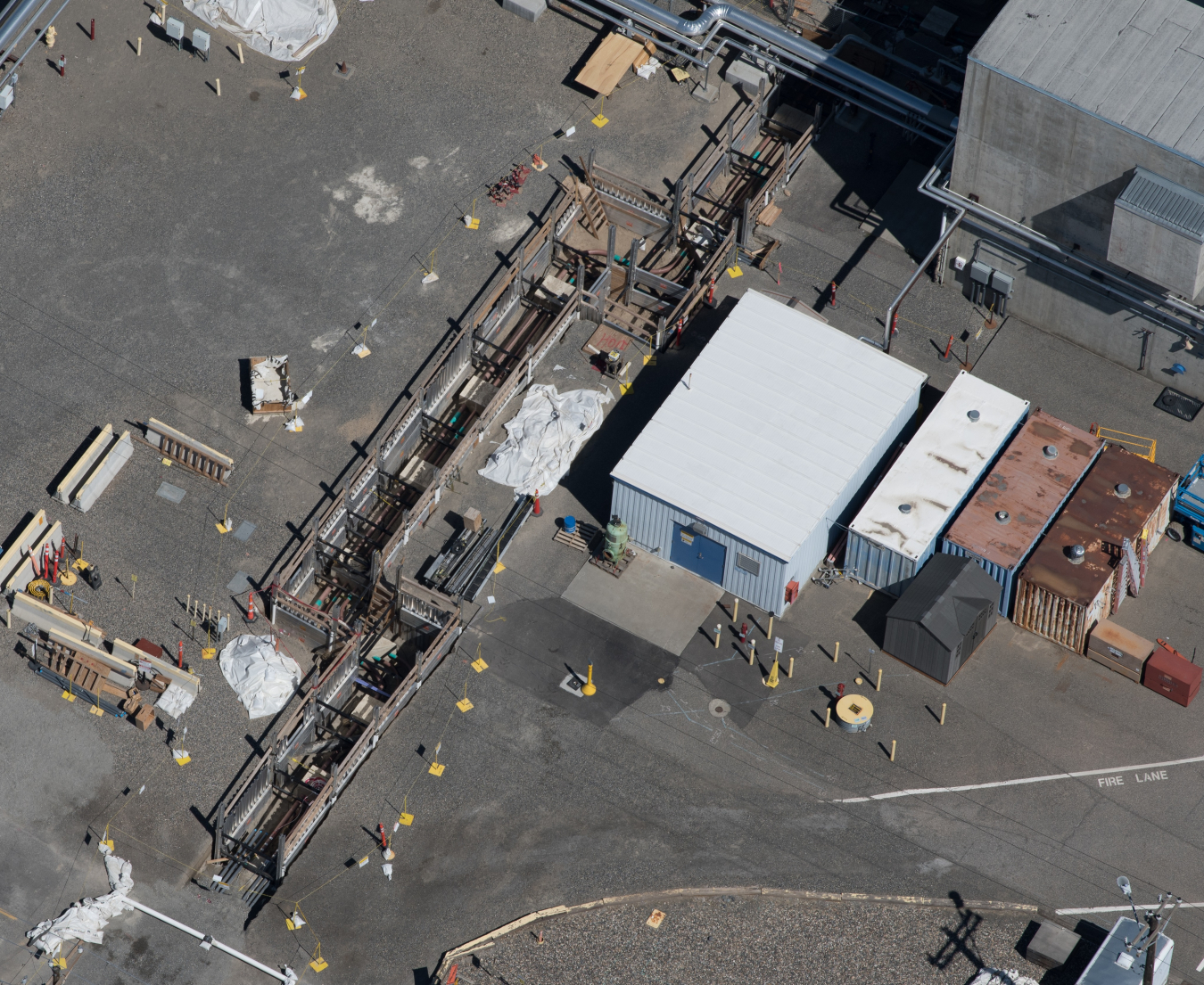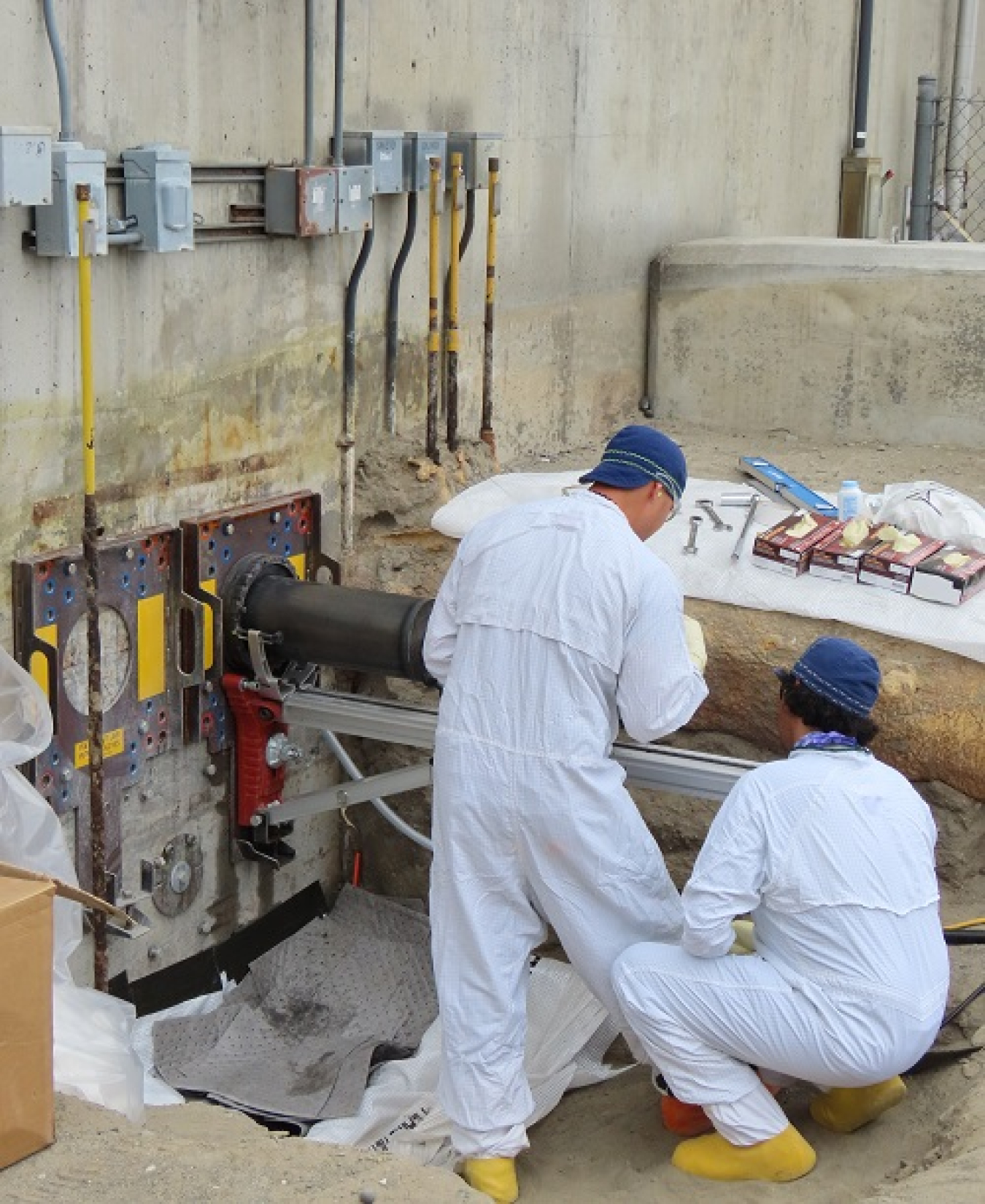As the Hanford Site gears up to treat tank waste for disposal through the Direct-Feed Low-Activity Waste (DFLAW) Program, workers are upgrading many site facilities to support 24/7 operations. One of those facilities is the 242-A Evaporator.
Office of Environmental Management
September 6, 2022
RICHLAND, Wash. – As the Hanford Site gears up to treat tank waste for disposal through the Direct-Feed Low-Activity Waste (DFLAW) Program, workers are upgrading many site facilities to support 24/7 operations. One of those facilities is the 242-A Evaporator.
Field crews with EM Office of River Protection (ORP) tank operations contractor Washington River Protection Solutions (WRPS) recently finished installing about 1,300 feet of new waste transfer lines between the evaporator and a nearby tank storage area, called a tank farm.
Waste is pumped from the tank farm to the evaporator, which removes water to create more storage space in the site’s double-shell tanks. EM and WRPS manage that capacity for retrieving waste from older single-shell tanks, another important component of the tank waste mission.
“These new transfer lines allow us to continue using the evaporator to strategically stage waste for treatment through DFLAW,” said Ricky Bang, ORP Tank Farms Program Division director.

Design of the transfer line replacement project started in December 2018, but work stopped when COVID-19 hit in early 2020. Fieldwork began in October 2020 with the removal of older contaminated equipment at the tank farm that feeds chemical and radiological waste to the evaporator.
Turnover of the new waste transfer lines to operations is scheduled to be complete by early December, before the evaporator begins a series of tests using noncontaminated liquids, called “cold runs,” over several months.
“We have a hardworking and dedicated team that has tackled the challenges of this project, knowing the critical roles the transfer lines and the evaporator play in the tank waste mission,” said Dustin May, WRPS project manager.
The evaporator has also undergone a series of repairs and upgrades since June 2019. This includes a safety system upgrade to increase the efficiency of equipment testing required prior to an evaporator campaign.
The evaporator has removed more than 81 million gallons of liquid from the site’s tank waste volume over the past four decades. With these upgrades, the next campaign is scheduled to begin next year.
To receive the latest news and updates about the Office of Environmental Management, submit your e-mail address.

